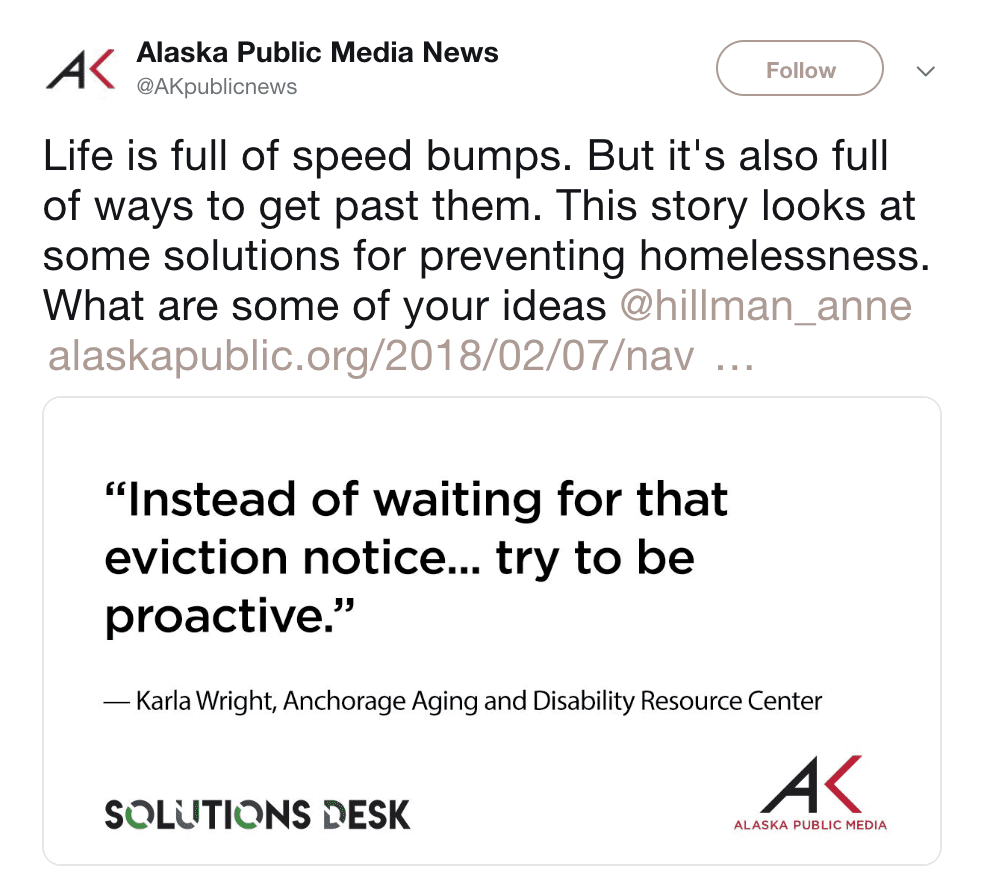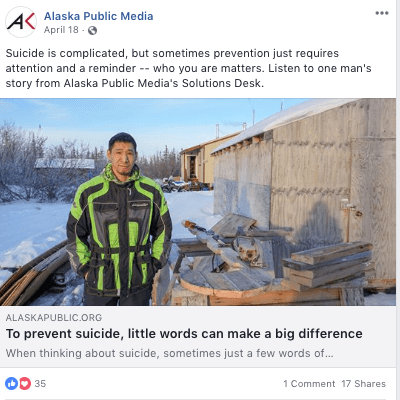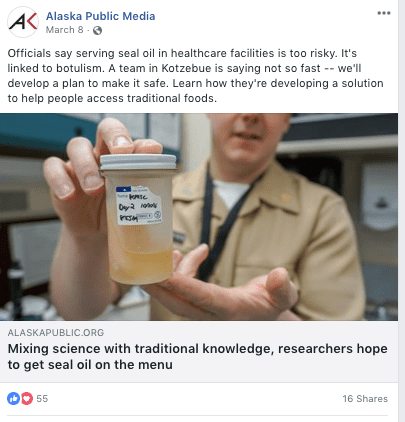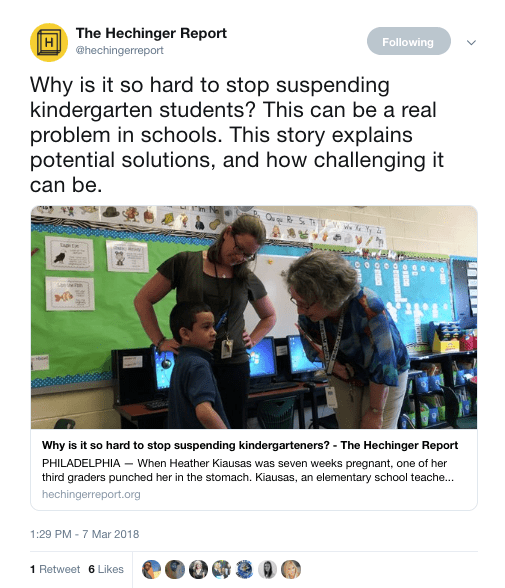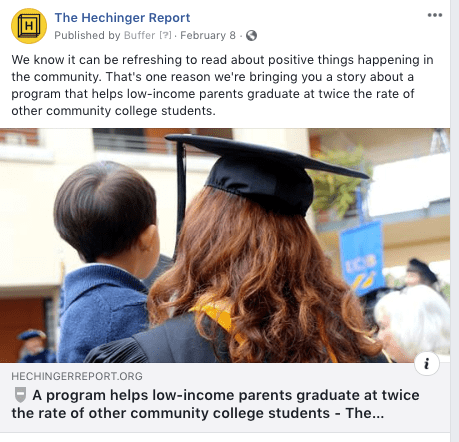|
Getting your Trinity Audio player ready...
|
Founded in 2016, Trusting News is a project of the Reynolds Journalism Institute (RJI) in Missouri and the American Press Institute (API). Set up by Joy Mayer following a 20-year career in newsrooms and teaching, Trusting News aims to demystify trust in news and empower journalists to take responsibility for demonstrating credibility and earning trust.
Trusting News’ remit has been taken up by the Solutions Journalism Network (SJN), an independent, non-profit organization that advocates an approach of solutions journalism, an evidence-based mode of reporting that helps readers understand problems, as well as covering potential solutions to the very same problems.
But does the approach work? And if so, how can other news organizations and publishers benefit? Last year, some Solutions journalists participated in regular testing of Trusting News ideas and carefully documented the goals, the work, and the outcomes.
Here are the findings in Joy Mayers’ own words…
What the newsrooms tested
Trusting News strategies are varied, and most newsrooms we work with test multiple ideas. With Solutions newsrooms, however, we were laser-focused on one idea: making sure your solutions frame was evident to your audiences. We worked on that with The Hechinger Report and Alaska Public Media.
We talked about labeling stories and collecting them in one place online. We also brainstormed ways to talk about those stories — both with official language to run alongside the stories (on air, in print or online) and with more informal language on social media and in newsletters.
Solutions Journalism has a great mission statement that is focused on the kind of journalism it encourages. Participating newsrooms should have a public-facing version that explains why this kind of work is consistent with their goals for the communities they serve.
Examples: Landing Pages
Both participating newsrooms have landing pages that collect Solutions stories in one place.
Alaska’s includes this statement in the top right: “Community-driven reporting on people & programs solving Alaska’s problems.” Alaska’s page also includes a built-in form inviting story ideas.
Hechinger’s includes this statement: “We explain what’s working, what’s not and what matters in education. Our stories are deeply researched, carefully written and rigorously edited. Our mission isn’t only to expose problems. We want to find out what’s being done to fix them and whether those solutions are working and can be replicated.”
Examples: Labeling Individual Stories
News consumers usually come upon stories without knowing how they fit into a news organization’s bigger picture. Stories are shared and consumed individually, and we need to be clear about making connections and sharing our framework.
At Alaska Public Media, an intro for a radio story sometimes includes language like this example: “I’m Anne Hillman with Alaska Public Media’s Solutions Desk, reporting on what’s working to make Alaska communities stronger.”
And this italicized intro appeared at the top of typical Solutions stories:
At The Hechinger Report, Nichole added language about goals to this page dedicated to a reporting project. It doesn’t specifically mention solutions, but it makes it clear the focus will be on what’s working and it invites questions to enhance engagement.
Examples: Social Media Language
Both newsrooms experimented with ways for social media language to include mention of a Solutions frame. The language sometimes used the word Solutions or mentioned the Solutions Desk. Other times it was less direct but still effective. Following are some examples of the variety of approaches. Firstly, Alaska Public Media:
Secondly, The Hechinger Report:
Example: Newsletter Language
The Hechinger Report was able to do one newsletter test for Trusting News. They wrote two different invitations for readers to consume a story about how well education is preparing students for a changing labor force.
VERSION A: One invitation closed with this typical note:
VERSION B: The other invitation closed with this Solutions-focused note:
RESULTS: They sent each version to half of their newsletter list, and the click-through rate on Version B was higher. That’s just one test, but it’s promising and worth repeating.
What we’d recommend you do moving forward
In general, the volume of experiments here wasn’t enough to draw conclusions based on data. But what we have is a collection of ideas that are worth repeating.
Based on what The Hechinger Report and Alaska Public Media did, combined with what our other 21 newsroom partners have learned, this is what we recommend for Solutions Journalism partners moving forward.
LABEL STORIES AND HIGHLIGHT MOTIVATION:
No matter how news consumers find a Solutions story, they should learn that the story is focused on organizations and people working to solve problems. That should be clearly stated, not just implied. Journalists do way too much assuming that their motivations and goals are clear. We know that the public does not give us the benefit of the doubt. Instead, they often assume the worst about why journalists do what they do and what our goals are. Solutions stories are the perfect opportunity to show that journalists want to highlight what’s working.
Each story could have an italicized paragraph at the top. Examples:
- From The Hechinger Report: We don’t just expose problems. We also find out what’s being done to fix them, whether those solutions are working and if they can be replicated.
- From Alaska Public Media: The Solutions Desk looks beyond Alaska’s problems and reports on its solutions — the people and programs working to make Alaska communities stronger. Listen to more solutions journalism stories and conversations, and share your own ideas here (link).
- From Trusting News staff: We are committed to rigorous reporting not only on social problems but also on potential solutions to them. Read more about our Solutions Journalism efforts and share your ideas here (link).
HAVE A SOLUTIONS LANDING PAGE:
Solutions newsrooms should have a place on their websites where they declare the intent and frame of Solutions work. It should include contact information for the journalists most involved, a callout for story suggestions or questions, a collection of links to Solutions stories and a link back to the SJN mission. It should tell the story of the work, not just sound like a marketing message, and it should speak to why it matters.
BE REDUNDANT AND UBIQUITOUS:
Journalists can’t just hope people will stumble on their Solutions landing page. They need to actively send people there from each story. And they need to include enough information with each related story (and social post and newsletter) that the purpose of the story is clear.
Nothing in our research shows that news consumers get irritated by messages like this. There’s simply no reason not to slip trust-building language into our messaging.
BE CONVERSATIONAL:
In newsletters and on social media especially, journalists can experiment with language that feels natural to them. Things like:
- We know it can be refreshing to read about positive things happening in the community. That’s one reason we’re bringing you …
- The world is full of problems, but it’s also full of people working hard to solve them. That’s why …
- The journalists who work at xxx are your neighbors. They want what’s best for this community. That’s why we’re always eager to bring you stories about the people working hard to make this community better/safer/healthier.
KEEP TELLING THE SOLUTIONS STORY:
You have a commitment to a specific kind of journalism that many readers/viewers/listeners say they’re looking for. Your partner newsrooms should make it part of their routines to remind them of that, as authentically and conversationally as they can.
——————
We would like to extend our thanks to Joy Mayer and Lynn Walsh of Trusting News, Nichole Dobo of The Hechinger Report, and Alaska Public Media for making this feature possible.




